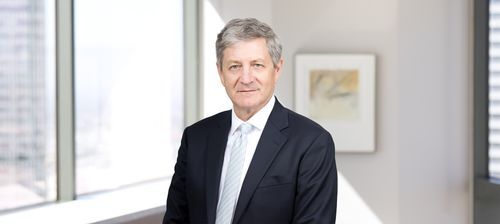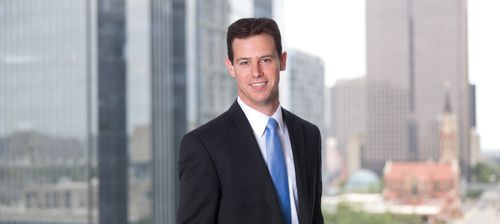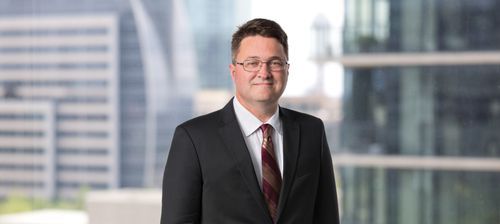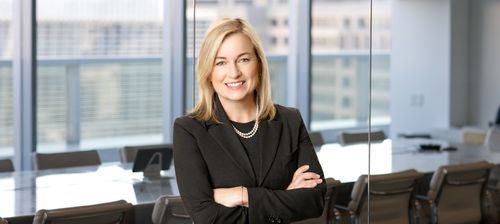Client Alert
A Lay Fact Witness Cannot Opine As to Obviousness or the Underlying Technical Questions, and Permitting Such Testimony May Require a New Trial
Client Alert
A Lay Fact Witness Cannot Opine As to Obviousness or the Underlying Technical Questions, and Permitting Such Testimony May Require a New Trial
February 5, 2020
The patentee brought suit for infringement of two related patents directed to controlling an oxygen supply to a torch for glass blowing. At trial, a third-party witness, whose glass-blowing video was used as one of two prior art references, testified via video deposition that he thought the modification of a second prior art system was “obvious.”
The district court overruled an objection to the testimony, but issued a limiting instruction prior to the playing of the deposition. The district court instructed the jury that it is the province of the jury to decide the question of obviousness, but that the fact witness is permitted to “offer his observations and explain to you how a system works and what he thinks would occur to him from his perspective would or would not be obvious.” The jury found the patents invalid as obvious, and the district court denied a motion for a new trial based on the admission of that lay opinion testimony.
The Federal Circuit reversed and remanded for a new trial, finding that the district court had abused its discretion by denying a new trial. The testimony was improper because the witness was not proffered and disclosed as an expert. Because issues of infringement and validity are analyzed “in great part from the perspective of a person of ordinary skill in the art,” only an expert witness in the pertinent art can offer testimony about the ultimate conclusion of obviousness, infringement, and the “underlying technical questions.”
Nor was the error harmless. Not only was the testimony improper, the patentee was deprived of the ability and procedures to test the opinions in the way expert testimony would have been disclosed. Moreover, the district court’s curative instruction was “no different than an instruction for how a jury should consider expert testimony.” (emphasis in original).
A copy of the opinion can be found here.




